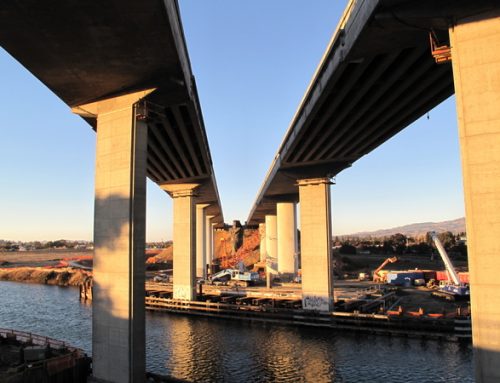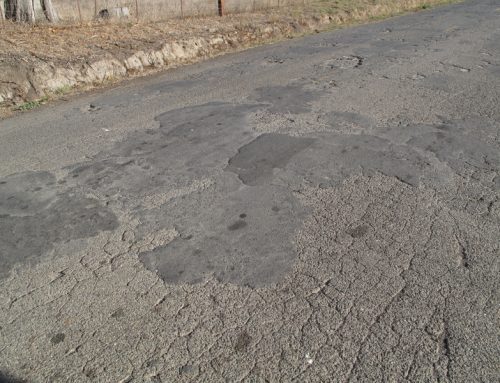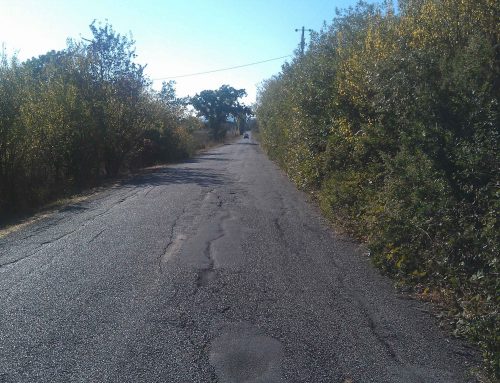Here’s a question from a Road Warrior reader:
I have a question about the California Highway Patrol. I drive at night on southbound 101 from Santa Rosa to Novato and I’m curious about the rules for CHP sitting in the dark on the side of the road with no visible lights on. Sometimes the CHP car seems to be hiding behind a portion of K-rail about a quarter of a mile before the Pepper Road on ramp to 101 south in the dark. I wasn’t aware this was legal to do this. Isn’t this entrapment? At times there is also a CHP car sitting on the north side across from the Petaluma car dealerships in the dark on the shoulder.
Both of them have their lights turned off. Don’t they have to keep their lights on to be visible if someone needs to summon them for help? What are the rules regarding this? Please shed some l light on this matter to help your readers out. Thanks. Michelle
The answer comes from CHP Officer Jon Sloat, spokesman for the Sonoma County office:
Our policy reads as follows; “Officers monitoring traffic from the side of the roadway shall not use the technique of parking on the wrong side of the highway facing oncoming traffic.” Further policy states that , “Officers shall not create an appearance of concealment.” The are the only two items regarding monitoring traffic from the side of the road.
Research has shown that if a vehicle is parked on the side of the road with lights activated, it attracts attention, and drivers tend to steer toward what they are looking at. We make it a practice to shut down our lights while we are on the side of the road for that reason. This does not hold true during traffic stops, as we need to use lights to illuminate the other vehicle. There are no rules in regards to lights that your reader addresses. It is our contention that if drivers are aware of their surroundings, and traveling at a safe speed for the conditions, they should have no problem seeing patrol vehicles.
Now, let’s touch on getting caught.
Entrapment: “Noun — a defense that claims the defendant would not have broken the law if not tricked into doing it by law enforcement officials.”
Drivers would be speeding if there was a police presence or not. We are not tricking them into doing something that they wouldn’t otherwise do. That would be entrapment.
People think it is entrapment if they get caught, or they assume it must be a “speed trap,” which is illegal and also has a specific definition.
I have no doubt my response will illicit many comments, and it would be impossible to address every situation drivers have found themselves in, but this is our policy and practice.
We asked Sloat to elaborate on the “appearance of concealment.” His reply:
That would be things like hiding behind a structure, a billboard, stereotypical things you may see on TV.
This may be a tip for a future, but the average driver is only paying attention to either the vehicle in front of them, or maybe 150 feet down the road. We are trained to look as far down the road was we can so we know approaching conditions. It’s called having a “High Visual Horizon.” Officers don’t need to conceal themselves because the average driver is not watching far enough down the road to see them ahead of time. If you are aware of your surroundings, and at a reasonable speed, you should have no problem spotting us.
——————
If you have a question for the Road Warrior, please mail it to jim.fremgen@pressdemocrat.com
—————–
Follow the Road Warrior on Twitter via @PDRoadWarrior



